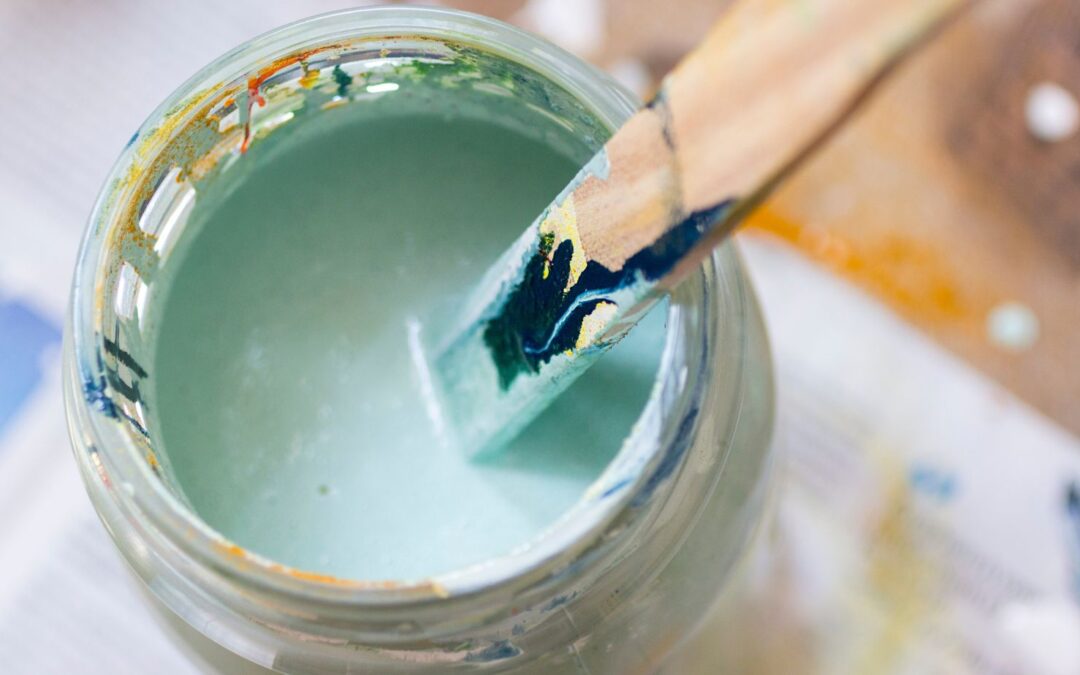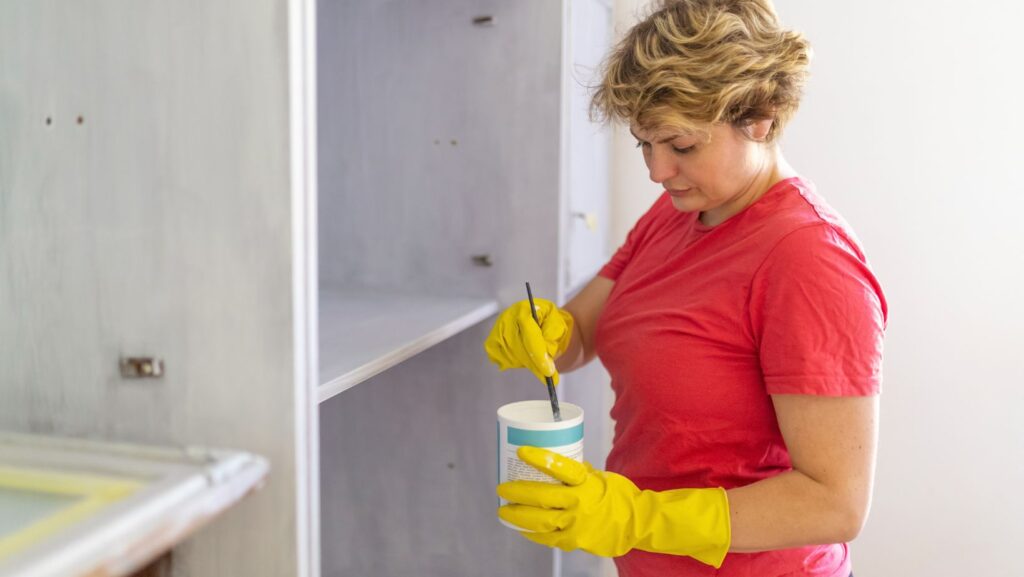How Long Can Paint Sit Before it Needs to be Stirred
Have you ever wondered how long paint can sit before it needs to be stirred? It’s a common question among DIY enthusiasts and homeowners alike. The answer, however, is not as straightforward as one might think.
Paint sitting on the shelf for an extended period of time can lead to separation of its components. Over time, the heavier pigments and solids settle at the bottom while the lighter liquids rise to the top. This results in layering or “stratification” of the paint. When this happens, simply opening the can and applying it without stirring may result in uneven color, texture, or sheen on your walls.
The length of time that paint can sit before needing to be stirred depends on several factors such as brand, type of paint (latex or oil-based), storage conditions, and any additives used. Generally speaking, most paint manufacturers recommend stirring latex paints every 30 days if they have been sitting idle. Oil-based paints typically require more frequent stirring due to their longer drying times and tendency to separate faster.
So remember, before you start your next painting project, take a moment to give your paint a good stir. It’ll ensure that you achieve consistent color and quality results throughout your project!
Factors Affecting Paint Settling Time
When it comes to paint, the time it can sit before needing to be stirred can vary depending on several factors. Understanding these factors is essential for achieving the best results and ensuring a smooth application. So, let’s dive into the key elements that can affect paint settling time:
- Type of Paint: Different types of paint have different compositions, which can influence how long they take to settle. For instance, oil-based paints tend to separate more quickly than water-based ones due to their heavier pigments and binders. Therefore, oil-based paints often require more frequent stirring.
- Pigment Concentration: The concentration of pigments in the paint also plays a role in settling time. Higher pigment concentrations may cause faster settling as the particles tend to sink to the bottom more rapidly. In contrast, lower pigment concentrations may result in slower settling.
- Storage Conditions: The environment in which you store your paint can impact its settling time as well. Extreme temperatures or fluctuations in temperature can accelerate or delay settling respectively. Additionally, exposure to direct sunlight or excessive humidity may affect the consistency and performance of the paint.
- Age of Paint: Aging can affect both water-based and oil-based paints differently. Over time, some components within the paint may start breaking down or evaporating, leading to changes in viscosity and settlement patterns.
- Container Shape and Size: Believe it or not, even the shape and size of the container holding your paint can influence its settling time. Wide containers allow for a larger surface area for settlement compared to narrow-necked containers.
It’s important to note that while these factors provide general guidelines about paint settling times, there isn’t an exact formula for every situation since each type and brand of paint may behave differently.
By considering these factors when storing your paint and periodically checking for any signs of separation or inconsistency before use, you’ll ensure that your paint is properly mixed and ready for application. So, whether you’re embarking on a DIY project or working as a professional painter, understanding these factors will help you achieve the best possible results.


